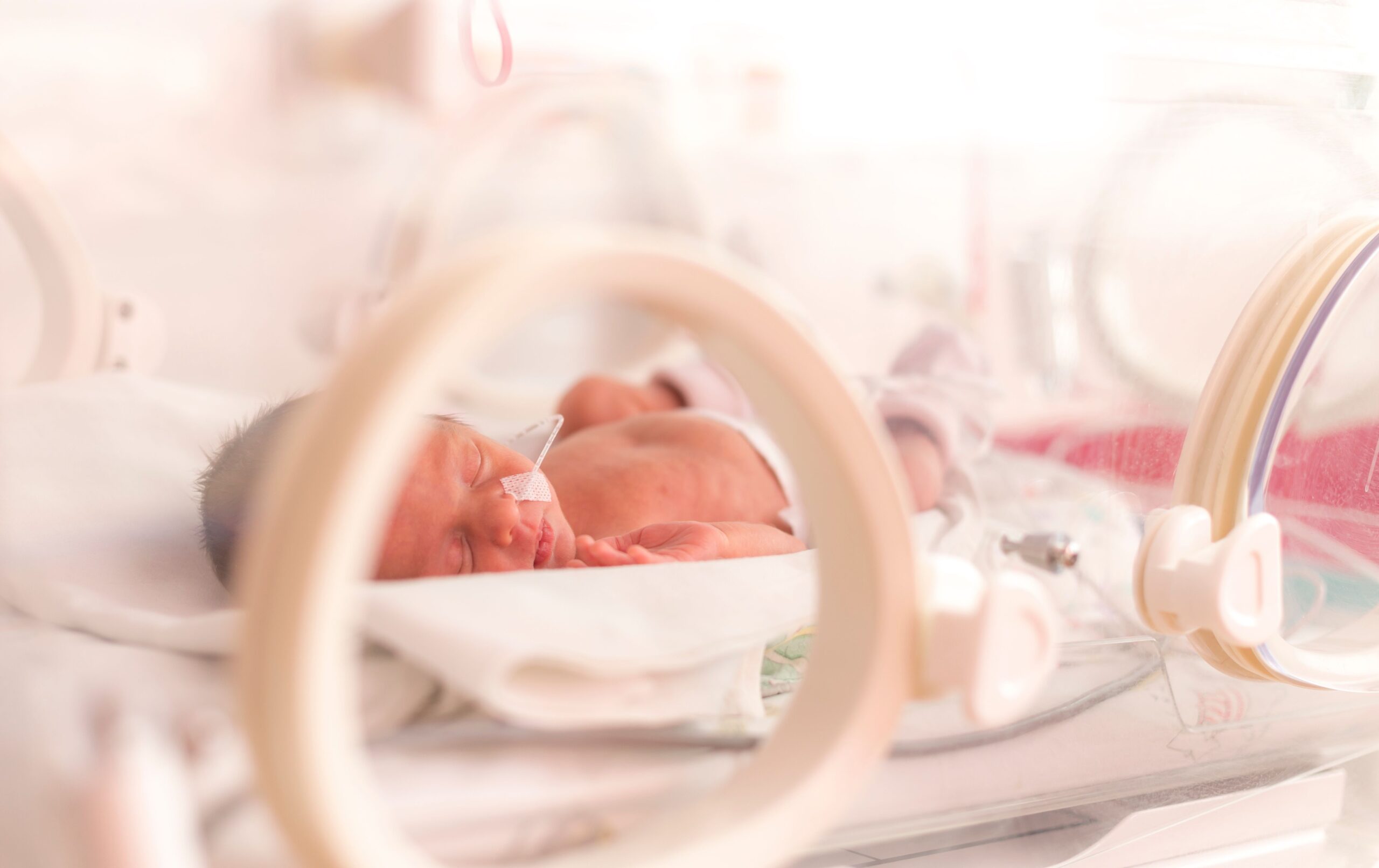Very-low-birth-weight (VLBW) preterm infants (under 3.3 lbs) often need antibiotics during longer neonatal intensive care (NICU) stays. This need can disrupt early microbial colonization and permit expansion of antibiotic resistance genes (ARGs) and multidrug-resistant (MDR) organisms. New data show that targeted probiotic supplementation—mainly Bifidobacterium and Lactobacillus strains—might help build a healthier gut in these preterm babies while also fighting off ARG burden. A university press summary recently highlighted new evidence in this space and noted growing NICU uptake of probiotics in parts of the UK, underscoring the clinical interest in microbiome-directed strategies for fragile preterm infants.¹
Image Credit: ondrooo | stock.adobe.com
Study Overview and Key Findings
In study findings published in Nature Communications, researchers enrolled 34 VLBW, only human-milk-fed preterm infants. They looked at infants who received the probiotic supplement (PS; Bifidobacterium bifidum and Lactobacillus acidophilus) and ones who did not (NPS), using shotgun metagenomic sequencing to study the infants’ microbiome and resistome in the first 3 weeks of life. Plasmid-transfer experiments in a neonatal gut model assessed horizontal gene transfer (HGT) potential. This setup allowed the team to link probiotic-driven shifts to shifts in ARG carriage and MDR colonization risk.2
PS infants had fewer ARGs and less growth of common pathobionts (Enterococcus, Escherichia, Klebsiella) than NPS infants. In the probiotic group, their gut had more beneficial Bifidobacterium types, like B. breve and B. longum subsp. infantis. Also, their Escherichia and Klebsiella lacked MDR traits seen more often in the NPS group. Notably, brief, standardized use of antibiotics did not alter overall diversity in either cohort. This suggests that the changes seen were closely tied to probiotic structure rather than antibiotic duration.
Mechanistic work underscored both promise and limits. In the ex vivo infant gut model, an approximately 137-kb megaplasmid encoding the aminoglycoside resistance gene aac6-aph2 transferred between Enterococcus strains, conferring gentamicin resistance even in a Bifidobacterium-rich background. This finding reinforces that while probiotics can reduce ARG burden and impede MDR colonization, HGT can still occur in early-life microbial communities.²
Clinical Context and Guidelines
These findings match expert guidance that supports using probiotics for select early birth groups to cut down the risk of necrotizing enterocolitis (NEC) and death. They stress the need for good quality, safe products, and strain specificity. The European Society for Paediatric Gastroenterology, Hepatology and Nutrition (ESPGHAN) advises that only rigorously manufactured products with documented strains and viable counts be used and that NICUs implement standardized protocols addressing product selection, storage, and administration.³ The press summary accompanying this work also shows more clinical interest and adoption, showing how new evidence is shaping practice in some centers.
Pharmacist’s Take
For NICU pharmacists, this study supports the idea of probiotics as a key tool—not just a simple add-on—in fighting antimicrobial stewardship and caring for newborns. Pharmacists can lead in product vetting (like strain type, CFU content, excipients, and manufacturing quality), sort out how to store and handle them to preserve viability, and set up times to harmonize them with antibiotics to cut down on antimicrobial inactivation while maximizing benefits. They can work with neonatology and infection prevention teams to embed probiotics into broader stewardship pathways aimed at suppressing ARG emergence and MDR colonization during the critical early window. Just as importantly, pharmacists can educate other clinicians and families about what to expect: probiotics might lower ARG prevalence and control their growth, but they can’t stop all possibility of plasmid-mediated resistance spread, and benefits hinge on using the right strains, doses, and protocols.2,3
Conclusion
Early probiotic supplementation in VLBW preterm infants led to fewer ARGs, less MDR from major pathobionts, and more beneficial Bifidobacterium at a vulnerable growth period. Data shows that HGT may still last despite favorable shifts, pointing out why we must be careful in how we use this and keep surveillance. With what we already know, these results back up a well-set probiotic plan—led by pharmacists—as part of NICU care and antimicrobial control. More studies and longer-term follow-up clarify durability, safety, and clinical outcomes.1-3
REFERENCES
-
Probiotics for preterm babies lowered antibiotic resistant bacteria in gut, new study shows. EurekAlert! Published August 15, 2025. Accessed August 19, 2025. https://www.eurekalert.org/news-releases/1094868
-
Kiu, R., Darby, E.M., Alcon-Giner, C. et al. Impact of early life antibiotic and probiotic treatment on gut microbiome and resistome of very-low-birth-weight preterm infants. Nat Commun 16, 7569 (2025). https://doi.org/10.1038/s41467-025-62584-2
-
Van den Akker CHP, van Goudoever JB, Shamir R, et al. Probiotics and Preterm Infants: A Position Paper by the European Society for Paediatric Gastroenterology Hepatology and Nutrition Committee on Nutrition and the European Society for Paediatric Gastroenterology Hepatology and Nutrition Working Group for Probiotics and Prebiotics. J Pediatr Gastroenterol Nutr. 2020;70(5):664-680. doi:10.1097/MPG.0000000000002655
